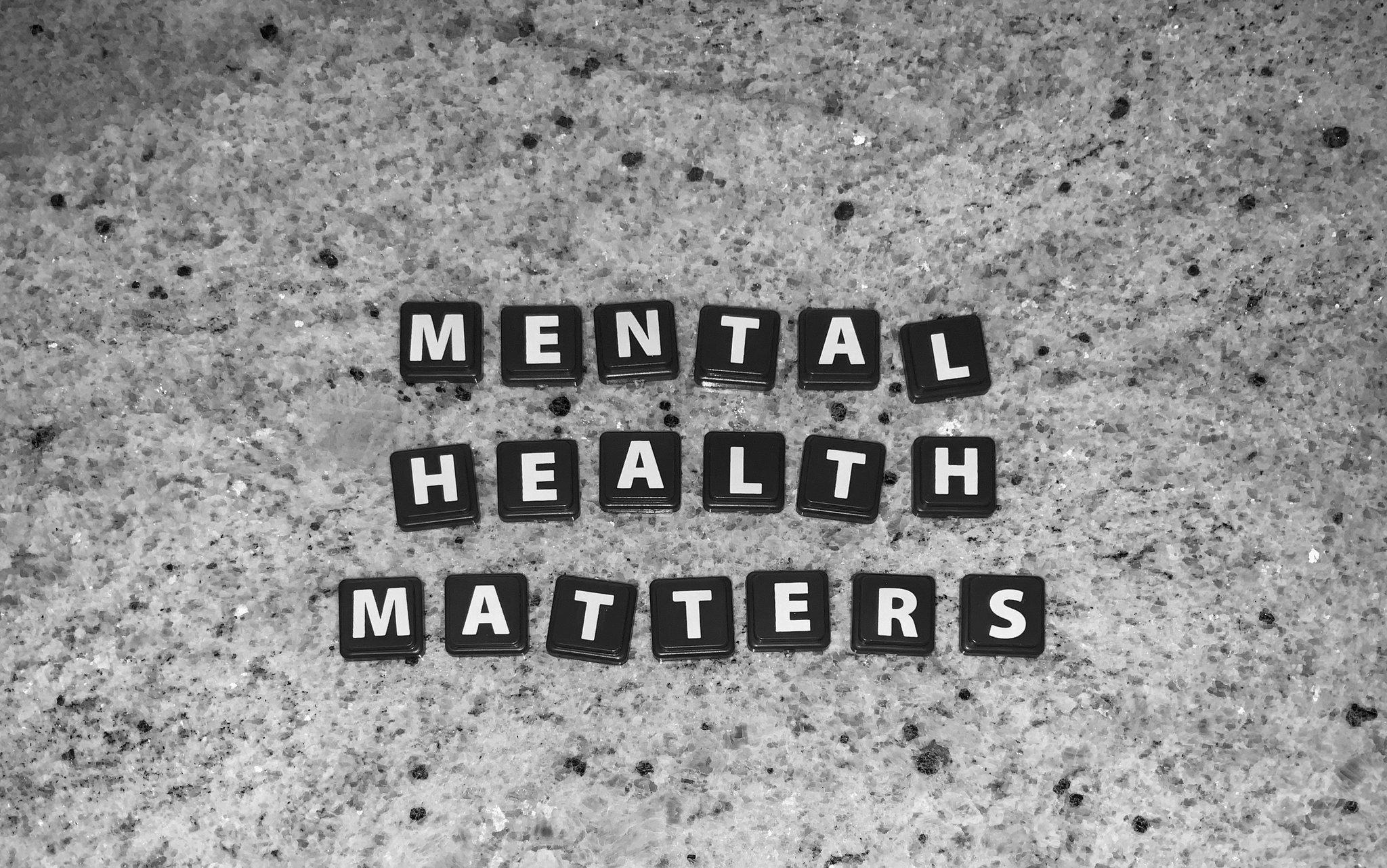Ever stared at your student loan balance and wondered if there’s a way to hit the pause button? What if I told you that enrolling in school or training programs could be your golden ticket to deferring those loans? Yeah, you heard me right. Let’s dive into how this works—and why it’s one of the smartest moves you can make for your financial health.
In this post, you’ll learn:
- Why enrollment matters for loan deferment.
- A step-by-step guide to getting approved.
- Tips to maximize benefits while avoiding common pitfalls.
- Real-life success stories (and cautionary tales).
Table of Contents
- Why Enrollment Matters for Loan Deferment
- How to Get Approved for Loan Deferment Through School
- Tips to Maximize Benefits Without Losing Your Mind
- Real-Life Stories: Successes and Oops Moments
- Frequently Asked Questions About Enrollment and Loan Deferment
Key Takeaways
- Enrollment in school or training programs can trigger automatic loan deferment eligibility.
- You need to meet specific criteria—like being enrolled at least half-time in an eligible program.
- Not all schools or programs qualify, so research before signing up.
- Loan deferment isn’t debt forgiveness—it’s just a temporary reprieve.
Why Enrollment Matters for Loan Deferment
Picture this: You’re drowning in student loan payments, trying to figure out how to keep food on the table *and* pay rent. Now imagine finding out that simply going back to school could buy you some breathing room. Sounds too good to be true, right?
The truth is, federal student loans often come with built-in protections like deferment options when you’re actively pursuing education. This means if you enroll in school or training programs—at least half-time—you might qualify for deferment. It’s like hitting snooze on your loans without racking up interest (in most cases).

Figure 1: How enrollment status impacts loan deferment eligibility.
How to Get Approved for Loan Deferment Through School
“Optimist You:” ‘This sounds easy! Just sign up for classes and boom—deferment!’
Grumpy You: ‘Ugh, fine—but only if coffee’s involved.'”
Here’s the catch: not every yoga class or coding bootcamp qualifies. Follow these steps to ensure smooth sailing:
Step 1: Confirm Program Eligibility
Check whether your program meets federal requirements. Typically, accredited colleges, universities, trade schools, and certain vocational programs count. That random “Become a Millionaire Overnight” webinar probably won’t cut it.
Step 2: Verify Enrollment Status
Most lenders require at least half-time enrollment. For context, full-time usually equals 12 credits per semester; half-time would be around 6 credits. Double-check your school’s policy because definitions vary slightly.
Step 3: Submit Proof to Your Lender
Your school will send something called a “certification form” directly to your lender. If they don’t? You may need to request it yourself. Pro tip: Keep copies of everything—because bureaucracy loves paper trails.
Tips to Maximize Benefits Without Losing Your Mind
- Do the Math: Make sure the cost of tuition doesn’t outweigh the benefit of deferment. Sometimes investing in education pays off big time—but other times, it’s better to focus on repayment.
- Plan Ahead: Know exactly what happens after deferment ends. Interest accrual resumes, and monthly payments restart. Have a game plan for tackling them post-school.
- Beware of Scams: Some institutions prey on desperate borrowers by promising fake deferments. Stick with reputable, accredited programs only.
Real-Life Stories: Successes and Oops Moments
I once helped a friend who re-enrolled in community college part-time just to defer her massive grad school loans. The result? She saved over $500/month in payments but realized halfway through that she wasn’t using the extra cash wisely. Lesson learned: Deferment is awesome—but it’s not permission to splurge recklessly.

Figure 2: A happy graduate benefiting from smart financial planning during school enrollment.
On the flip side, another acquaintance tried enrolling in a sketchy online course claiming it guaranteed deferment. Spoiler alert: it didn’t. Her loans went straight into default mode, and she spent months untangling the mess.
Frequently Asked Questions About Enrollment and Loan Deferment
Can Private Loans Be Deferred Through Enrollment?
Rarely. Most private lenders don’t offer deferment based on schooling unless explicitly stated in your terms. Always double-check their policies.
What Happens After Deferment Ends?
If you’ve been deferring subsidized loans, no new interest accrues. But unsubsidized loans continue accumulating interest, making repayment harder later. Be prepared!
Do Online Classes Count Toward Eligibility?
Yes—if the institution offering the course is accredited. Otherwise, steer clear.
Conclusion
Enrollment in school or training programs offers a lifeline for anyone struggling under the weight of student loans. Whether you’re looking to advance your career or simply manage finances better, understanding how deferment works puts power back in your hands.
Just remember: deferment isn’t magic—it requires careful strategy and diligence. Avoid scams, choose credible programs, and always have a Plan B ready.
Like adding whipped cream to hot cocoa, Deferment feels great until reality knocks ya.
(P.S. Remember Tamagotchis? They taught us patience—we’ve got this.)


